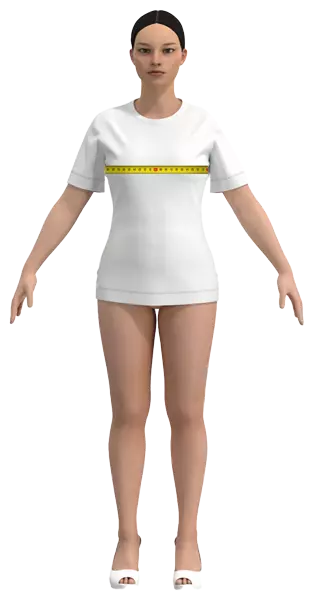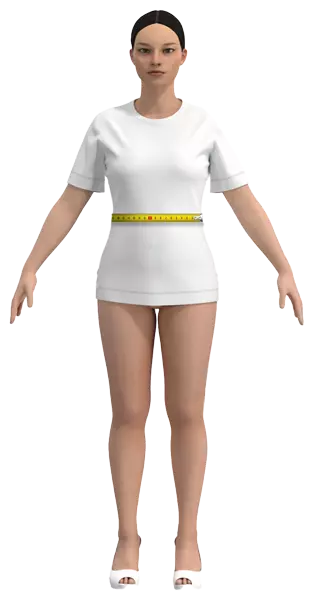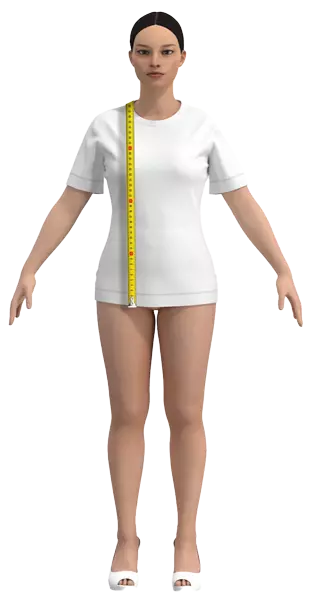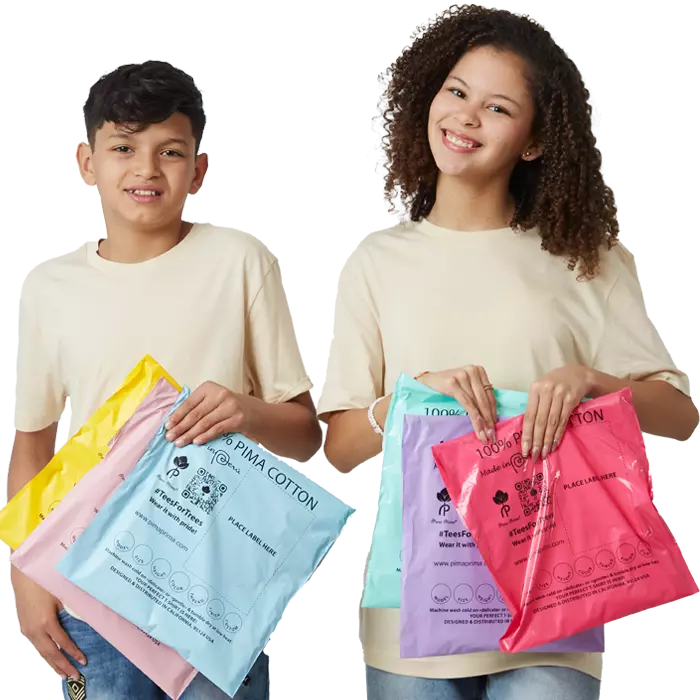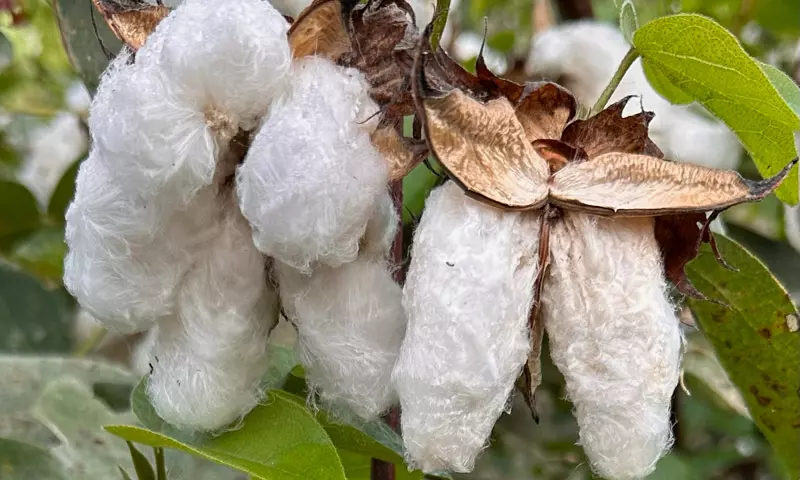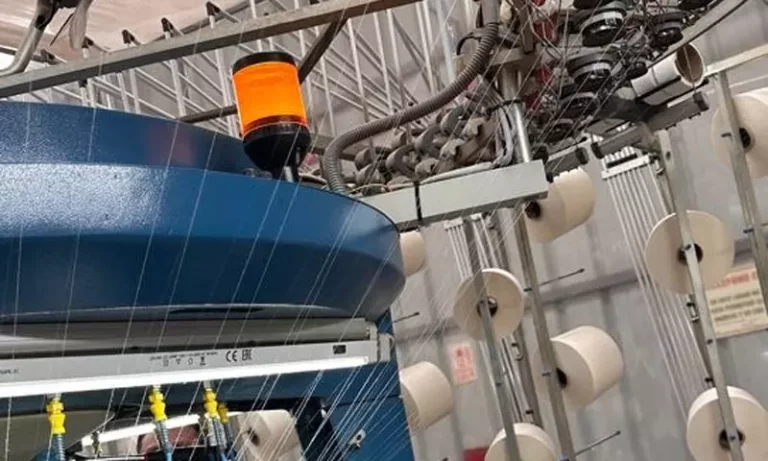Introduction
Pima cotton is a type of extra-long staple cotton (ELS) derived from Gossypium barbadense. Renowned for its softness, strength and durability, Pima cotton is considered one of the finest cotton varieties in the world. It is cultivated in multiple regions, including the United States, Peru, Australia, Egypt and India – commonly used in luxury garments such as T-shirts, robes and loungewear.
Taxonomy
- Scientific name: Gossypium barbadense
- Family: Malvaceae
- Characteristics: Plants can grow up to 3 meters in height. Leaves have 3–5 lobes, flowers can be yellow or pink, and the fruit is spherical or ovoid, 2–6 cm long, with pear-shaped seeds 3.5–5 mm long.
Differences Between Gossypium barbadense and Gossypium hirsutum
Gossypium barbadense (Pima, Egyptian, Sea Island cotton) and Gossypium hirsutum (Upland cotton) are the two main cultivated cotton species. While closely related genetically, they differ in several key ways:
1. Fiber Length and Quality
- G. barbadense: Produces extra-long staple (ELS) fibers typically 34–50 mm depending on the variety. Fibers are exceptionally soft, strong, smooth, and lustrous. Ideal for luxury textiles.
- G. hirsutum: Produces short to medium-length fibers (22–34 mm). Softer and weaker compared to Pima; more prone to pilling.
2. Fiber Strength and Durability
- G. barbadense: Longer fibers make fabrics more durable, smoother, and resistant to wear.
- G. hirsutum: Shorter fibers yield coarser fabrics, less durable, and generally used for mass-market clothing and industrial textiles.
3. Plant Morphology
- G. barbadense: Plants grow taller (up to 3 m), with fewer but larger bolls. Flowers can be yellow or pink.
- G. hirsutum: Plants are generally shorter, with more bolls that mature faster. Flowers are usually cream to pale yellow.
4. Climate and Geographic Adaptation
- G. barbadense: Thrives in tropical and subtropical climates with stable conditions; sensitive to frost.
- G. hirsutum: More adaptable; grows in a wider range of climates and is the most widely cultivated cotton globally.
5. Use and Market Position
- G. barbadense: Used in luxury garments, high-end bedding, and specialty textiles due to fiber quality.
- G. hirsutum: Forms the bulk of world cotton production; used in everyday apparel, denim, and mass-market textiles.
Summary: While both species are cultivated for their cotton fibers, G. barbadense is prized for softness, long fiber and luxury applications, whereas G. hirsutum dominates the industrial and mass-market cotton supply.
Cultivation History
Evidence of domesticated Gossypium barbadense dates back over 4,000 years in Peru. Archaeologists have discovered ancient cotton bolls in the Ancón region of Peru dating to 4200 BC. By 1000 BC, Peruvian cotton varieties were similar to modern Pima cotton.
Pima cotton reached other parts of the world through trade and colonization. In the 1940s, the United States Department of Agriculture (USDA) developed strains of Pima cotton from Peruvian seeds suitable for cultivation in Arizona and California.
Varieties
Several varieties of extra-long staple cotton are closely related to Pima:
- Sea Island cotton: Grown in the Caribbean, fibers can exceed 50 mm; extremely rare and luxurious.
- Pima Cotton: Fibers 34–42 mm, grown in the U.S., Peru, and Australia.
- Egyptian cotton: Fibers 35–40 mm; quality varies based on region.
- Barakat Cotton: Grown in Sudan; fibers up to 36 mm.
- Suvin Cotton: Indian hybrid of Sea Island cotton; fibers up to 40 mm.
Certification and Supima
While all Supima cotton is Pima cotton, not all Pima cotton is Supima.
Supima is a trademarked certification limited to U.S.-grown Pima cotton that meets strict quality and origin standards. Pima cotton produced in Peru or other countries is also ELS cotton, possessing the same superior fiber qualities, but it does not require Supima certification. High-quality Peruvian Pima is widely used in luxury textiles without the Supima label.
Uses
Pima cotton is valued for its soft, strong, and durable fibers, making it ideal for:
- T-shirts and dress shirts
- Dresses and blouses
- Loungewear, robes and nightgowns
- Luxury bedding and towels
Its long fibers result in smooth, pill-resistant and often wrinkle-resistant fabrics.
Production Statistics
Pima cotton represents approximately 5% of the world’s cotton production. Its limited availability, hand-picked harvesting process and superior fiber quality contribute to its higher market value compared to standard cotton.
References
- Integrated Taxonomic Information System – Report: https://www.itis.gov
- Dillehay, Tom D.; Rossen, Jack; Andres, Thomas C.; Williams, David E. (2007). “Preceramic adoption of peanut, squash, and cotton in northern Peru”. Science. https://www.jstor.org/stable/20036586
- Supima Association of America – https://www.supima.com
